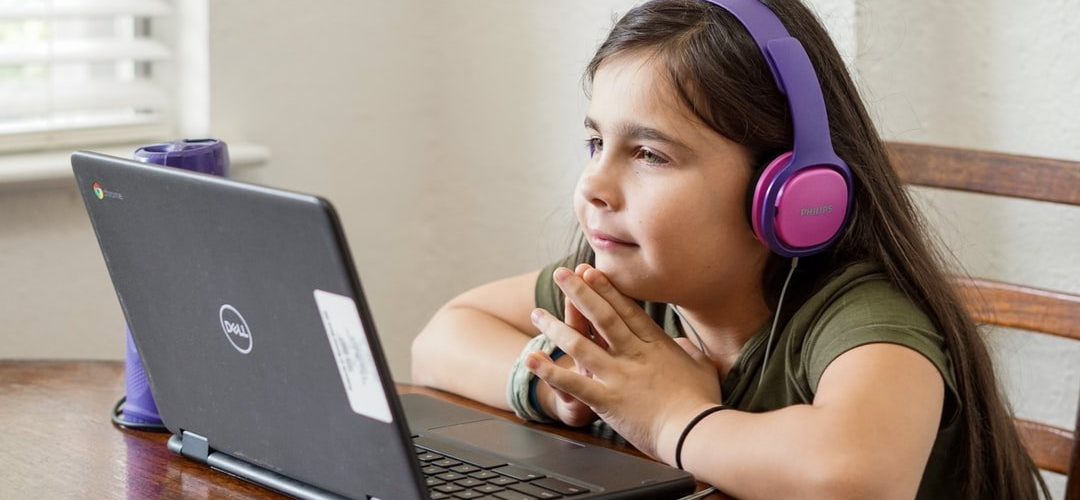Tips to Protect Your Child’s Developing Vision

The kids are headed back to school, so it’s a great time to share some tips for healthy vision development! Our world is changing fast, and that means keeping up with how new technology can impact vision. One of the many things the pandemic has shown us is kids aren’t immune to eye strain and dryness. Lock downs put millions of kids in front of screens instead of a classroom, increasing complaints of discomfort such as eye fatigue, dryness, blurriness, and headaches. All are common results of prolonged screen use or near distance work.
Thankfully there are many ways to find relief and avoid discomfort all together. The main issue with screens or near work is we don’t blink as often. Trying to break this habit isn’t easy, but there are a few tips you can use to help give eyes a much needed break:
Use the 20/20/20 rule: for every 20 minutes of work, look away for 20 seconds, at something at least 20 feet away. Setting a timer can help get into the habit.- When reading, try to look up or even just close the eyes for 20-30 seconds every few chapters. Paper clips for physical books, or digital bookmarks for e-books can make good reminders.
- When using a screen, keep it at arm’s length and position it directly in front of the body at eye level. Holding a device closer to your eyes increases strain.
- Try to avoid using a screen in brightly lit areas where it may produce glare. We’ve all strained to look at our phone on a sunny day! Find a shady spot or position the body so as to shade the screen when looking is necessary. If you’re going to be using the screen for a while, try to find a more shaded location.
- When using a device for long periods of time, ensure the light source for the room isn’t in your field of view. A lamp behind the computer screen for example is just another source of strain on the eyes.
- Avoid using devices in dark rooms. Our pupils expand in dark environments, so the bright screen aggravates the discomfort even more.
- Adjust the brightness on your device. Nearly every screen has adjustable brightness and or contrast settings. Even if you aren’t feeling strain, try playing with these. You may be surprised to feel your eyes relax when turning down the brightness!
- Along with the last point, many apps and programs have darker theme options that provide an easier viewing experience.
- Lastly, most devices these days have blue light filter options. Try enabling these 30-60 minutes before bed. Even better, simply avoid screens during this time entirely.
These are helpful tips for in the moment, but it’s also important to think long term.
Cases of nearsightedness in kids are on the rise, growing from 25% to 41.5% in the U.S. from 1971 to 2017. Other parts of the world are seeing even more dramatic increases - with up to 90% of kids developing nearsightedness! Studies have shown near work is linked to the concerning rise.
The
American Academy of Ophthalmology suggests increasing outside time can help balance the development of near and far vision. Kids who spent an extra 40 minutes outdoors had lower rates of nearsightedness than those who played inside more. Remember if it’s a bright day to provide your kids with sunglasses and hats to protect the eyes from UV exposure.
These tips aren’t just for kids either! Try some of them yourself while working and studying to improve sleep, and avoid headaches and eye discomfort. When you do find your eyes complaining, you can use “artificial tears” eye drops to help alleviate symptoms. As always, if you or your child experiences these symptoms on an ongoing basis, consult an ophthalmologist as soon as possible. Finally, remember to schedule regular eye exams to ensure your child’s vision is developing as it should.
At Vision Quest our board-certified ophthalmologists make recommendations and work with you to outline a plan that works for you and your family. We can’t wait to help you meet your vision goals! Call today to schedule an appointment.




